An LCD (Liquid Crystal Display) is a flat-panel display technology commonly used in various devices, including televisions, computer monitors, smartphones, and other electronic devices. Here are some key features and characteristics of LCD displays:
- Display Technology: Uses liquid crystals sandwiched between two layers of glass or plastic. When an electric current passes through the crystals, they align to control light passage and create images.
- Resolution: Available in various resolutions, from standard HD (720p) to Full HD (1080p) and higher, such as 4K and 8K, allowing for sharp and detailed images.
- Color Accuracy: Capable of displaying a wide range of colors, often enhanced by backlighting technology (like LED) to improve brightness and color vibrancy.
- Thin and Lightweight: LCD displays are typically thinner and lighter than older technologies like CRT (Cathode Ray Tube), making them suitable for portable devices and slim designs.
- Energy Efficiency: Generally consume less power compared to older display technologies, which is beneficial for battery-operated devices.
- Viewing Angles: Depending on the technology (such as IPS vs. TN), viewing angles can vary. IPS panels typically offer better color consistency and wider viewing angles.
- Refresh Rate: Available in various refresh rates (60Hz, 120Hz, etc.), affecting the smoothness of motion in video playback and gaming.
- Backlighting: Most LCDs use LED backlighting for illumination. The type of backlighting (edge-lit, full-array, etc.) can impact brightness, contrast, and viewing angles.
- Response Time: The speed at which a pixel can change colors, measured in milliseconds (ms). Lower response times reduce motion blur in fast-moving images.
- Applications: Widely used in consumer electronics (TVs, monitors, laptops, smartphones), automotive displays, and industrial applications due to their versatility.

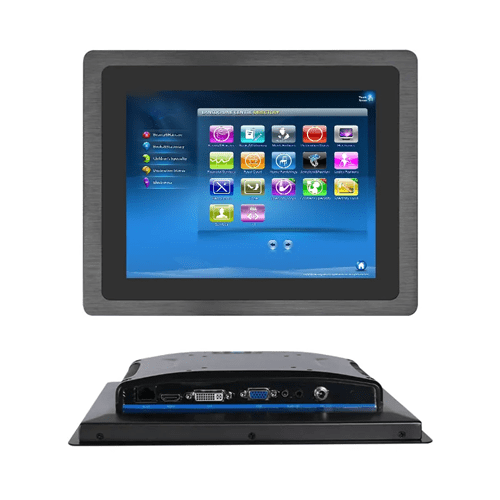
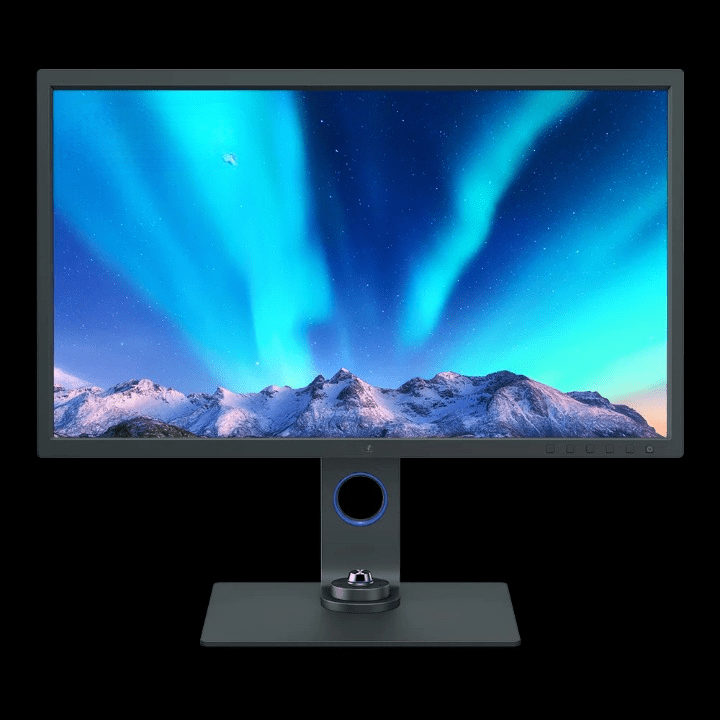



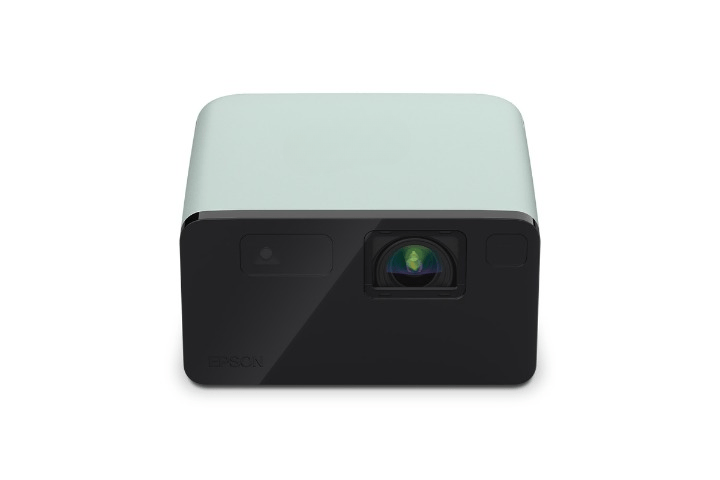

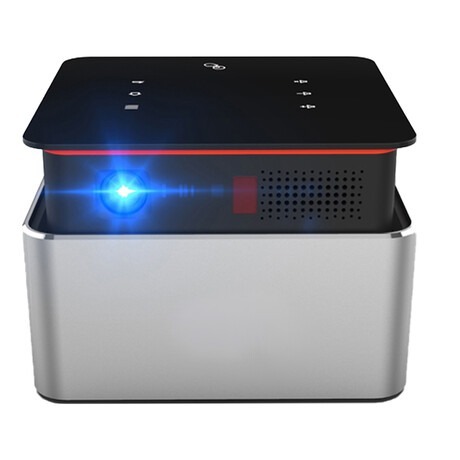

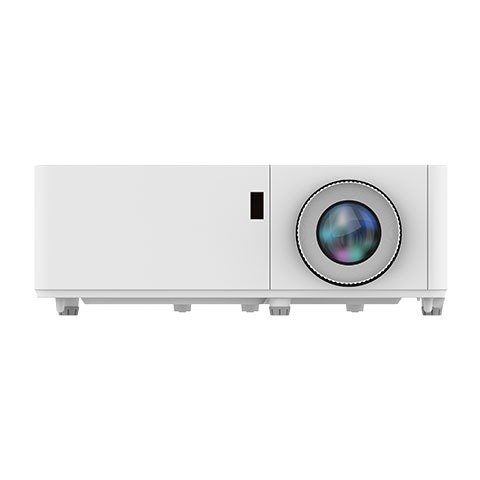


There are no reviews yet.